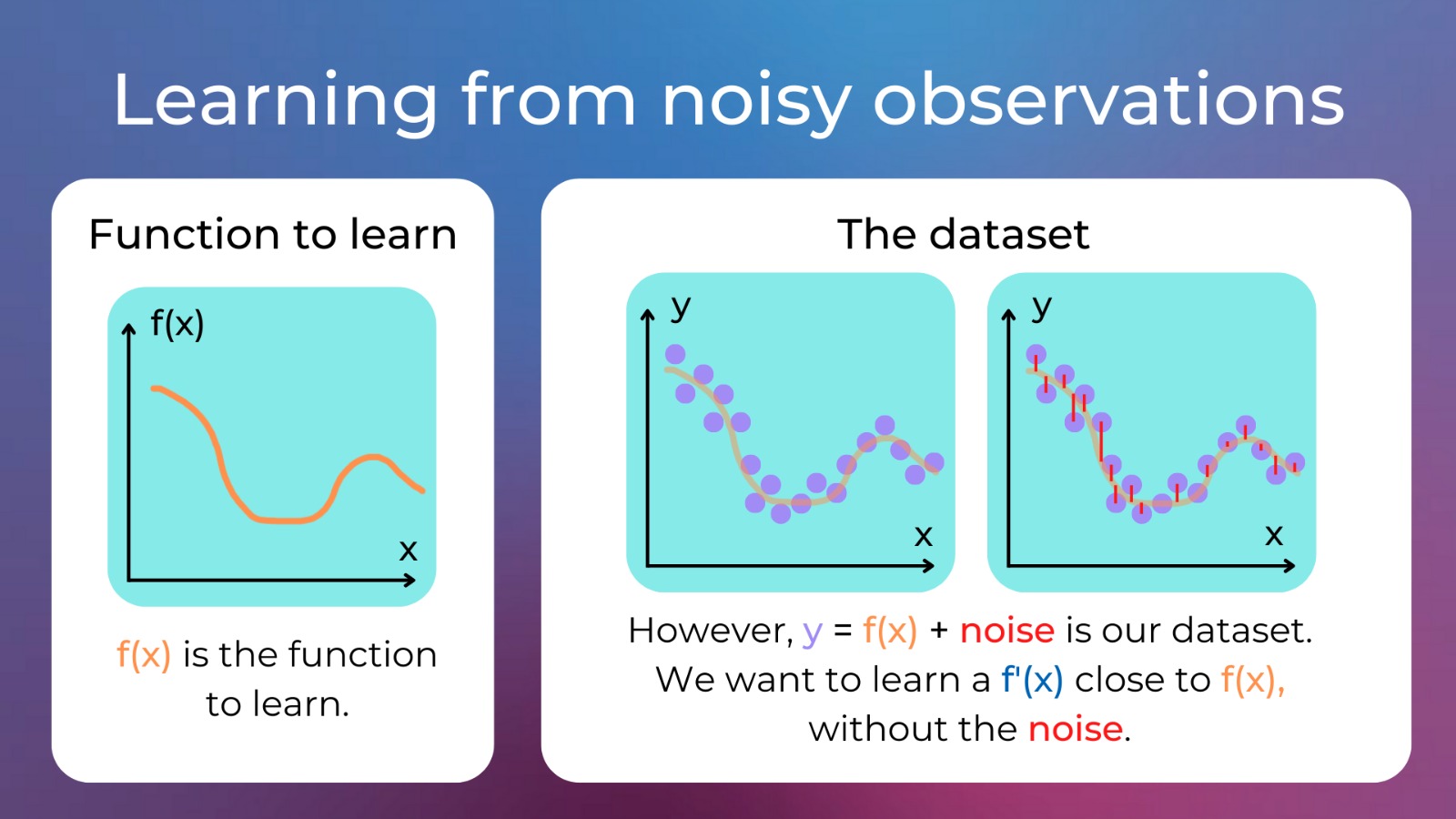In the late 1950s, the field of machine translation faced numerous challenges, which led to the birth of a new term: Computational Linguistics. But what exactly is Computational Linguistics?
At its core, Computational Linguistics is the intersection of Linguistics and Computer Science. It combines the strengths of both fields, appealing to those passionate about language and those intrigued by technology. The main goal of Computational Linguistics is to enable computer systems to comprehend and generate human language—any language, in fact.
To achieve this, the field encompasses several key areas:
Natural Language Processing (NLP):
NLP stands for Natural Language Processing, which focuses on enabling computers to communicate in human languages. For example, this includes making a computer speak and understand English just as humans do.
Translation:
This aspect is familiar to anyone who has used tools like Google Translate to convert text from one language to another. For example, translating the Spanish word “Bonita” into the English word “pretty.”
Speech Synthesis:
Speech synthesis involves converting written text (letters, numbers, symbols) into spoken words (audio). An example can be seen when a blog post is read aloud to you on platforms like Medium using the “listen” feature. This is increasingly popular among people who enjoy having written content read to them.
Automatic Speech Recognition (ASR):
ASR is the reverse process of speech synthesis; it converts spoken language into text. For instance, when you use a digital assistant like Google Assistant and say “Foo Fighters,” it transcribes your speech and displays the text, along with relevant information. ASR is particularly helpful for those who prefer speaking over typing.
Computational Linguistics is a dynamic and evolving field that continues to enhance the way AI systems interact with human languages. It does this by examining different aspects of language, such as syntax (sentence structure), semantics (meaning), and phonetics (sounds). These linguistic insights enable AI tools to better understand and use human language effectively.
Additionally, Computational Linguistics improves language translation between different languages and ensures that grammar is used correctly, as seen in spell checkers and grammar apps. While perfect accuracy in grammar checking may not yet be achievable, the advancements in this area are significant.
In conclusion, Computational Linguistics is an exciting field that holds immense potential to improve the AI tools we use daily and those yet to be developed. It is a field worth knowing about, as it continuously pushes the boundaries of how machines understand and communicate in human languages.




